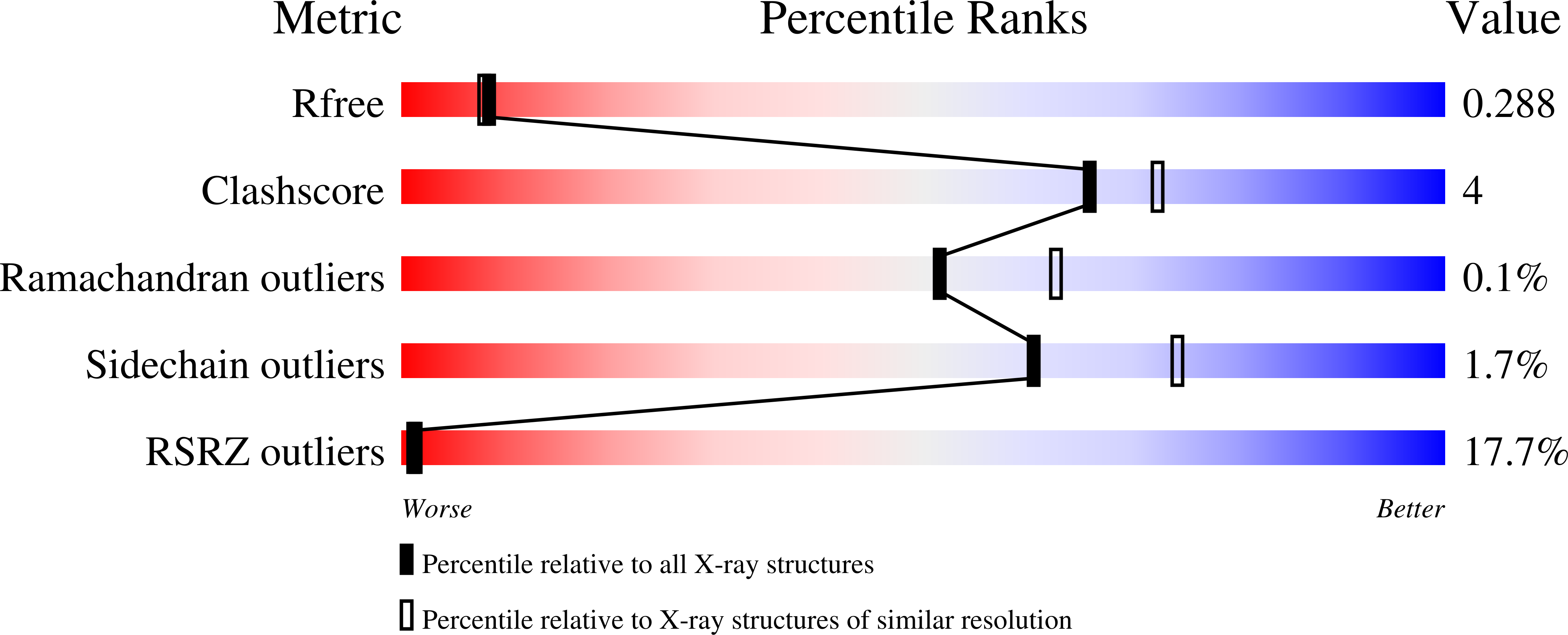
Deposition Date
2021-05-29
Release Date
2022-12-07
Last Version Date
2024-11-13
Method Details:
Experimental Method:
Resolution:
2.28 Å
R-Value Free:
0.28
R-Value Work:
0.24
R-Value Observed:
0.24
Space Group:
P 21 21 21


